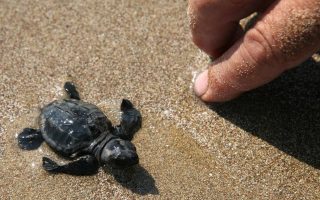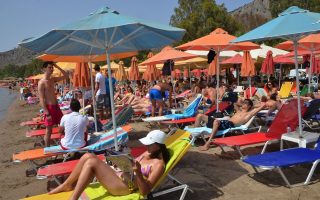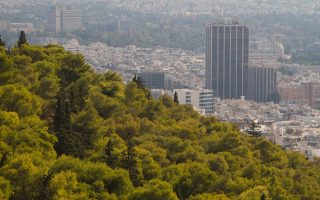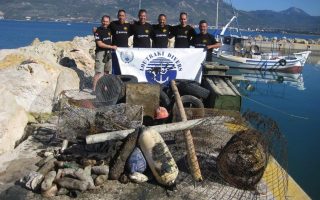Greece planning to increase total area of Natura 2000 sites listed as protected
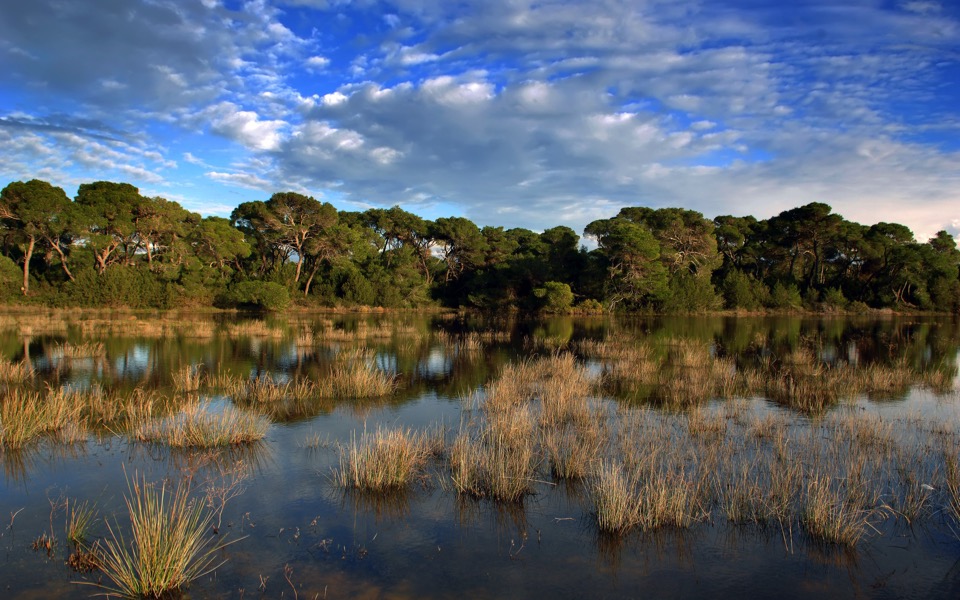
Protecting valuable coastal ecosystems should be a priority for a country like Greece, which has with nearly 14,000 kilometers of coastline, but just 6 percent of Greek national waters are designated as protected in the European Union’s Natura 2000 network. The Environment Ministry has recently taken steps to make up for this oversight – albeit belatedly – by putting forward 1.93 million hectares of marine areas for inclusion in the network, among them the Gulf of Corinth, the sea around Crete, the coasts of Paxoi, Pylos and Andros and the sea between Kavala and Thasos.
Greece currently has 403 sites listed under the Natura 2000 network, representing 27.1 percent of the country’s total expanse of 35,747 square kilometers. Of these, 152 include marine sections of larger areas and just 16 are entirely marine areas, representing just 6 percent of the country’s total sea area. This absence of protection was noted two years ago in the EU’s last review on the implementation of community directives for the protection of flora and fauna.
The Environment Ministry responded this summer by submitting a list of 100 areas it recommends for inclusion in the Natura network. These are both new sites and extensions of areas that already enjoy protection as the locations of endangered or at risk species or ecosystems. The list represents 1.93 million hectares of marine territory and 47,400 hectares of landmass.
“Greece meets all the European Union and United Nations targets in terms of biodiversity in the land areas already covered by Natura. Where it is lagging is in its marine environment,” says Christina Baritaki, general secretary at the Environment Ministry. “As far as the UN is concerned, the target for the protection of biodiversity is management measures covering 17 percent of total land area and 10 percent of total sea area. With our proposal, the percentage of sea area under Natura protection will come to 17 percent.”
The selection of the locations was based on studies commissioned by the ministry and recommendations from agencies managing protected areas.
“By recording and confirming the condition and type of ecosystems that we have in the country, we now have an excellent management tool at hand,” says Baritaki. “The aim is to continue this effort, which is why we are now looking for funding sources.”
The focus of the list of new marine areas is on those that have sand dunes that are constantly covered by shallow sea water, seagrass meadows, reefs, underwater geological formations shaped by gas vents and sea caves that are either entirely or partially submerged. It also addresses endangered species such as the loggerhead sea turtle (Caretta caretta) and stresses the protection of areas that are important to birds and other species. The biggest of these recommended areas are off the coast of southern Mani in the Peloponnese (38,200 hectares), the island of Andros (30,000 hectares), the northeastern end of Crete (26,200 hectares), western and southwestern Crete (16,600 hectares), the Mount Athos peninsula in Halkidiki (20,000 hectares), eastern Evia (17,800 hectares), and the central and eastern parts of the Gulf of Corinth (16,600 hectares).
The Environment Ministry’s list also includes a plethora of islands and islets, such as Makronisos, Lichades (north of Anafi), Kasos and its surrounding islets, the area off northeastern Evia, the Diapontia islands, Nisyros, southern Patmos, Kythira, western Skyros and its islets, Leipsoi, Leros, Kalymnos and Telendos, among many others.
